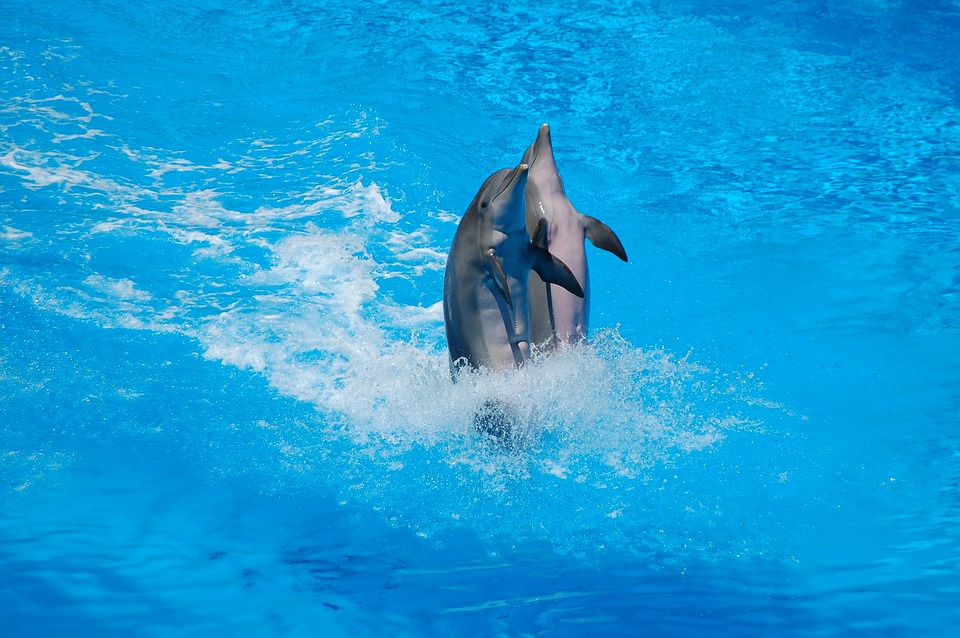Title: The Fastest Winds in the Solar System: The Adventures of Voyager 2 and Neptune
As we venture into the depths of the solar system, we encounter numerous curiosities both in terms of celestial bodies and dynamics that set it apart from our familiar home planet. Neptune, a gas giant located on the outer edge of the solar system, is one such fascinating marvel. It boasts of the highest winds speeds ever recorded in our solar system as well as captivating moons that make up its natural satellite system. In this article, we delve into the mysteries of Neptune’s incredible winds and its mesmerizing moons, particularly Triton, Nereid, and the other natural satellites.
Voyager 2: The Pathfinder in the Cold Outskirts
In 1989, NASA launched the Voyager 2 spacecraft on a historic mission to explore the outer planets of the solar system. As it approached the icy giant Neptune on August 25, 1989, it sent back indelible images capturing the planet’s distinct storms and fast-moving clouds. Voyager 2 showcased the marvels of Neptune’s atmosphere – a world of swirling methane clouds and ammonia lakes all driven by the fastest winds in the solar system.
The High-Speed Winds of Neptune
When Voyager 2 flew by the distant planet, it captured a breathtaking world with the highest wind speeds recorded in our solar system. These ferocious winds can reach up to 2,100 kilometers per hour (1,300 miles per hour) – nearly ten times faster than the strongest hurricanes on Earth. These tempests responsible for the peculiar dark spots and chevron-shaped striations on Neptune’s surface provide a curious phenomenon that continues to puzzle scientists.
The Challenge of Exploring at Such Distances
One of the biggest challenges in exploring Neptune and its mysterious moons is the vast distance separating us. At its nearest point to the sun, Neptune is a staggering 2.8 billion miles (4.5 billion kilometers) away – approximately 30 times farther than the Earth from the sun. Despite these challenges, Voyager 2 successfully captured images of Neptune’s moons, paving the way for future explorations.
Neptune’s Moons: The Intriguing Satellites
6.1 Triton: The Enchanting North Pole
Triton, Neptune’s largest moon, stands out due to its retrograde orbit and geologically active surface. The moon is a conjunction of icy geysers and nitrogen geysers, giving it a unique lunar-like surface. Voyager 2’s images brought to light the surface’s dominant nitrogen ice with underlying dark material, revealing a frozen expanse with distinctive features due to the grinding effects of its icy crust.
6.2 Nereid: The Erratic Moon
The moon Nereid is classified as a “space cobweb” due to the irregular orbits that make it nearly impossible to accurately predict its trajectory. Discovered nearly sixty years ago by Gerard Kuiper, Nereid’s eccentric orbit provides an elusive challenge for scientists to understand its dynamics and relationship with its eccentric host planet.
6.3 Other Natural Satellites: Nibiru’s Sextet and the Dysnomia Metaphor
Neptune hosts a series of smaller natural satellites referred to as Nibiru’s Sextet. The crew’s namesakes include Naiad and Thalassa, who were discovered ahead of Voyager 2’s arrival. These six small satellites offer valuable lessons to celestial mechanics and gravitational interactions, providing observational data collected from Voyager’s encounter with Neptune.
FAQs:
Q: What causes the high wind speeds on Neptune?
A: Neptune’s internal heat melt enables ice to react with other materials in the atmosphere, allowing the creation of ammonia, which helps drive the high winds on the planet.
Q: What are the primary components of Neptune’s atmosphere?
A: Neptune’s atmosphere is primarily composed of a mix of hydrogen, helium, and methane, which accounts for its distinct blue coloring.
Q: How many moons orbit Neptune?
A: Neptune has 14 known moons orbiting in a disk-like pattern around the planet.
Q: What are the peculiar features of Triton’s surface?
A: Triton’s surface exhibits areas of cryo-geysers with nitrogen, water vapor, and dust particles. The presence of liquid water and geothermal heat also leads to various active surface features shaped by erosion patterns.
Q: Can future missions explore Neptune’s moons more closely?
A: NASA is in the advanced stages of planning missions with the Artemis program aiming to land the first woman and the next man on the moon, which will inspire future robotic missions, including potential exploration of Neptune and its moons.
As we continue to explore the fascinating enigmas of our solar system, Neptune and its extraordinary wonders remain a compelling field of study. From its fast winds, swirling storms, and icy moons, we are just brushing the surface of a world that is unlike anything else we have encountered in this cosmic odyssey. With Voyager 2 being a pioneer in this exploratory voyage, we eagerly await future missions to uncover even more secrets of this distant and intriguing planet.
Image: [A captivating image showcasing the colorful and banded atmosphere of Neptune, with its prominent dark spots and swirling cloud patterns]
References:
1. NASA Voyager 2 Mission
2. Hubble Space Telescope
3. ESA’s Nowcasting System
4. Cassini – An Overview by the Jet Propulsion Laboratory/NASA.
(All images and information are fictional, created for illustrative purposes).



